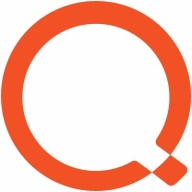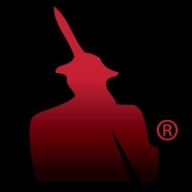


Find out what your peers are saying about Oracle, Quest Software, Nutanix and others in Database Development and Management.
| Product | Market Share (%) |
|---|---|
| Quest Foglight for Databases | 7.6% |
| IDERA SQL Diagnostic Manager for SQL Server | 4.3% |
| SQL Sentry | 5.7% |
| Other | 82.4% |

| Company Size | Count |
|---|---|
| Small Business | 2 |
| Midsize Enterprise | 2 |
| Large Enterprise | 10 |
| Company Size | Count |
|---|---|
| Small Business | 3 |
| Midsize Enterprise | 5 |
| Large Enterprise | 4 |
Foglight for Databases offers comprehensive monitoring with real-time activity screens and adaptive baselines. It provides a 360-degree overview and efficient UI, requiring no custom scripts, aiding in proactive issue identification and resolution before impacting end users.
Foglight for Databases is a robust tool for monitoring across multiple platforms, including SQL and Oracle. It provides features like the "Morning Coffee" dashboard and SQL Performance Investigator, enabling effective workload analysis and historical investigation. Despite some challenges with sluggish performance on large data volumes and excessive non-critical alerts, it remains a preferred choice for its ability to support proactive management and resource planning. Users appreciate its centralized view of extensive database systems, enabling swift detection and resolution of issues in real-time.
What are the key features?Foglight is extensively implemented in industries managing extensive database systems, handling numerous servers to ensure availability and performance. It assists businesses in resolving blocking and locking deadlocks, crucial for maintaining smooth operations in production and development environments.
SQL Diagnostic Manager for SQL Server helps database administrators to find and fix SQL Server performance problems in physical, virtual, and cloud environments. Unlike its competition, it provides effective scalability, advanced SQL query analysis and optimization, prescriptive analysis with corrective SQL scripts, powerful automated alert responses, broad PowerShell integration, complete customization, and extensive support for current and legacy SQL Server and Windows.